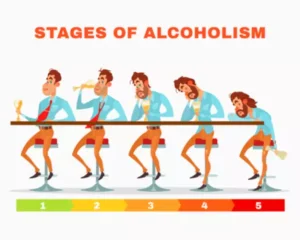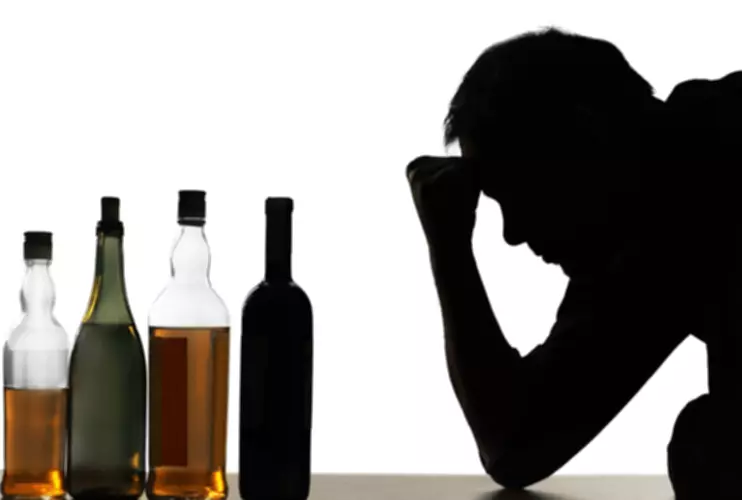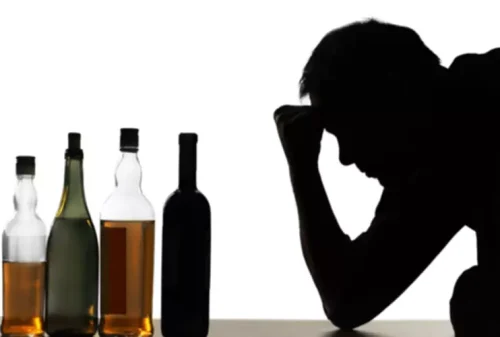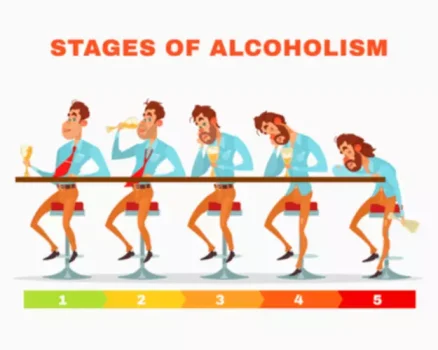Alcoholic Nose Rhinophyma: Can Alcohol Affect the Appearance of the Nose?

Inpatient treatment may be necessary if you cannot stop drinking on your own. Medication can also be used to help manage withdrawal symptoms and cravings. If you think you may have rhinophyma, it’s important to see a doctor or dermatologist for diagnosis and treatment.

What Is Alcoholic Nose (Rhinophyma)? Red Drinker’s Nose
Having a big nose, even as a result of rosacea, is not necessarily a sign of alcoholism. Rosacea can be treated in its early stages with antibiotics, including topical creams. Unfortunately, doctors are not yet clear on the direct cause of rhinophyma.
Drinker’s Nose: Is “Alcoholic Nose” Really From Drinking?
Even a single alcoholic drink can cause flare-ups for many people with this condition. A survey by the National Rosacea Society found that red wine was the most common culprit, followed by white wine and beer. However, recent research has suggested that while alcohol worsens the symptoms of rhinophyma, it is not the primary cause.

Health Challenges
- Rosacea is not caused by alcoholism, but alcohol abuse can affect rosacea, which may worsen the appearance of a drinker’s nose.
- Medical advice for rosacea treatment includes risk factors people can avoid to lessen their instance of flare-ups, which may include some lifestyle changes.
- Medication can also be used to help manage withdrawal symptoms and cravings.
- Identifying personal triggers is essential in managing the condition effectively.
- After treatment, we will work with you to ensure a smooth transition to less intensive, supplementary levels of care.
An alcoholic nose, also known as a drinker’s nose, is characterized by a red, bumpy, and swollen nose. While some people may experience flushing or redness when they consume alcohol, this doesn’t mean those people all suffer from rhinophyma. Wrong assumptions based on similar traits, such as flushed skin after drinking, have led to misinformation about the true causes of the condition. This is simply a way in which a close friend or loved one may be able to notice a physical change in a person’s skin condition that could indicate alcohol abuse. You cannot and should not assume that somebody is an alcoholic simply because they have rhinophyma. You can only use rhinophyma as a starting place for someone you know well.
- Alcohol affects your face and skin in general by enlarging both pores and blood vessels.
- Feeling so self-conscious about the appearance of a nose with rhinophyma can become a great source of anxiety for some people.
- However, if a case of rhinophyma is less severe, some of the treatments we discussed for rosacea may be used.
- There is a range of treatments to choose from, such as long-term recovery plans, inpatient or outpatient treatment, 12-step programs, aftercare, and more.
- Severe cases of rhinophyma can see an individual develop an extremely bulbous nose, so much that it appears to be quite disfigured.
- However, alcohol addiction can cause a person to neglect their health, which can mean side effects on any pre-existing health conditions, including rosacea.
Although studies vary, it’s thought that basal cell carcinoma occurs in 15-30% of people with rhinophyma. Finally, acne rosacea advances to late-stage rosacea, and rhinophyma is an aspect of this. Regular check-ups with a dermatologist can help monitor the progression of rosacea and catch any early signs of rhinophyma. Early detection allows for timely intervention, which can prevent the condition from worsening.

Sign Up & Get Our FREE Recovery Guide
Early diagnosis and treatment are crucial in preventing such severe outcomes. Understanding the true causes of rhinophyma is crucial in dispelling myths and providing effective treatment. Many alcoholics nose people mistakenly believe that reducing alcohol intake alone can prevent or cure the condition. However, managing rhinophyma requires a comprehensive approach that addresses various contributing factors, including genetics and environmental triggers. Rosacea often happens in flare-ups that can last weeks or months before your skin calms down and the symptoms disappear.
- For many who have rosacea, oral antibiotics can be prescribed by your doctor.
- If you or someone you love is struggling with alcoholism, getting help as soon as possible is essential.
- It seems to involve a mix of problems with how blood vessels and nerves work, along with how the immune system responds naturally in the body.
- Well, alcoholic addiction can make this condition worse and can increase your risks of certain complications while you have an Alcoholic’s nose.
- The Mayo Clinic reports that over a long period of time, rosacea can thicken the skin of the nose.
- Alcoholic nose does not prevent someone from breathing or give them any trouble in their day-to-day life.
- Out of these options, carbon dioxide laser surgery is considered the preferred option because it allows for the most precise removal of excess tissue.
Does Alcohol Worsen The Effects Of Rhinophyma?
- If you’re concerned about the effects of alcohol on your nose, you may want to consider cutting back on your consumption.
- At Georgetown Behavioral Hospital, your days will be structured with enjoyable, recovery-based activities.
- Individuals with rhinophyma are at risk for skin cancer within the affected tissue.
Rosacea is frequently misdiagnosed as acne or other similar skin conditions. It can affect anyone but is most common among middle-aged women with lighter complexions. Drinking can increase the effects of existing rosacea and may increase the risk of this condition developing.
About Medical News Today

A consistent skincare routine tailored to your skin type and condition can provide long-term benefits. Laser therapy can be effective in reducing redness and removing excess tissue. This treatment uses targeted beams of light to shrink blood vessels and reduce the size of the nose.